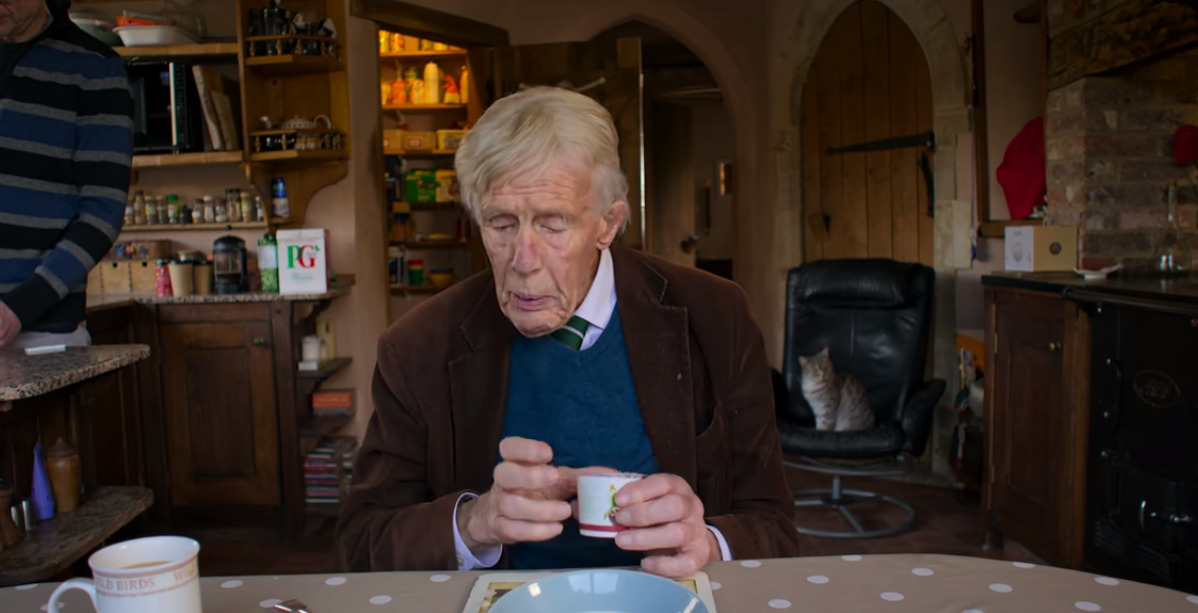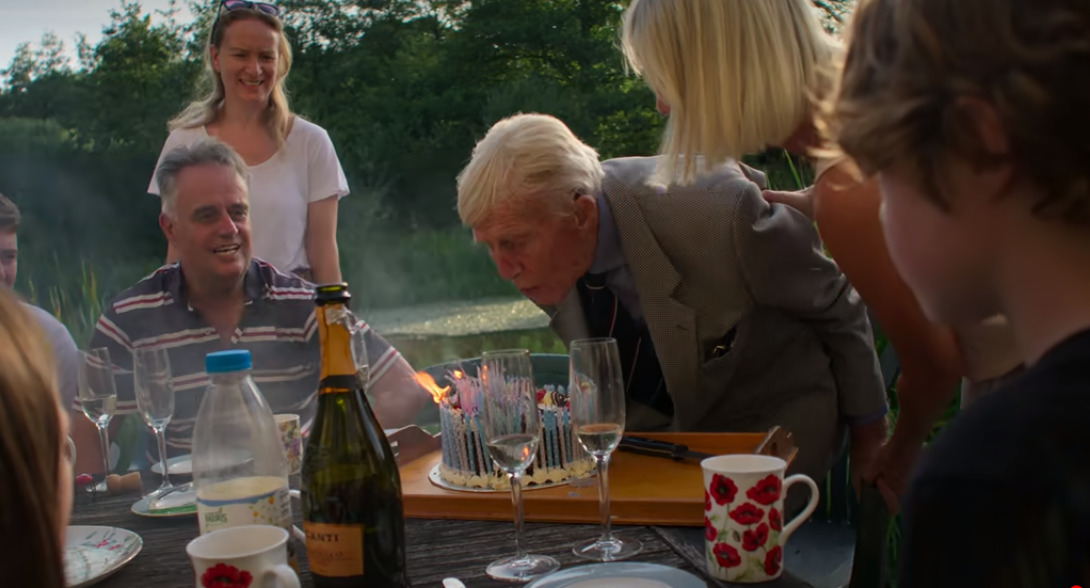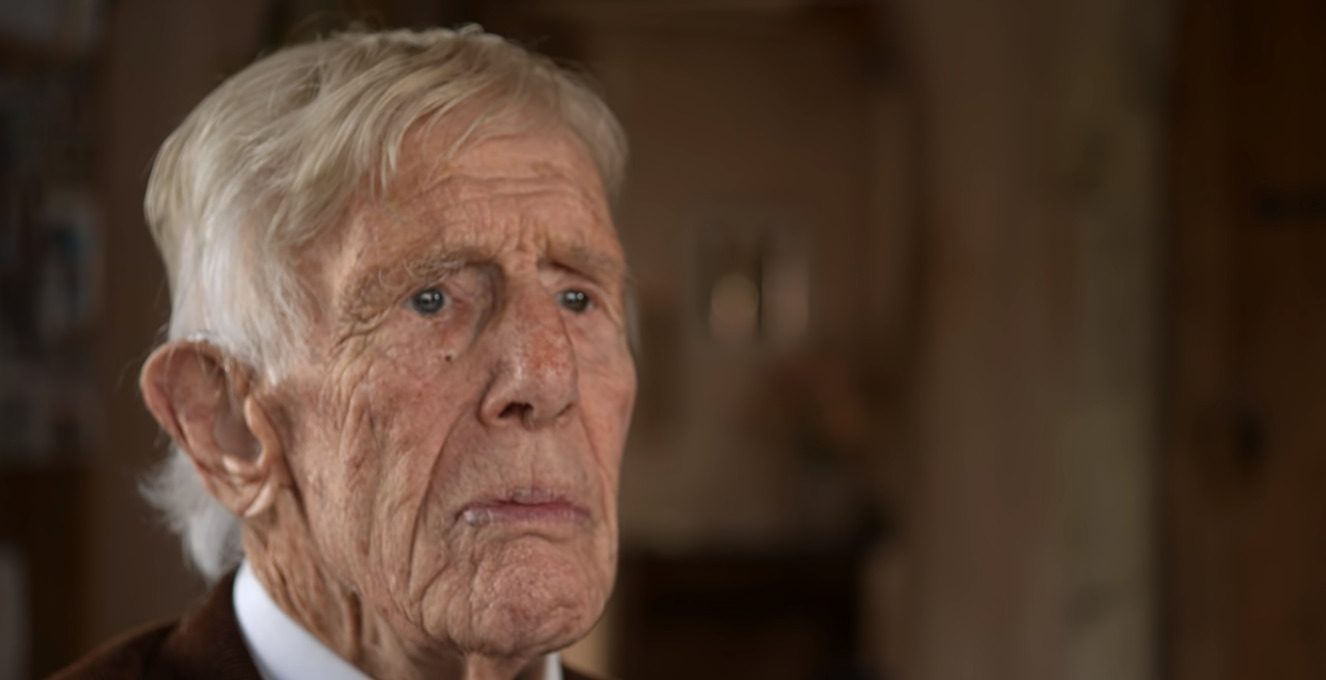The cosmetic industry has long been at the forefront of societal standards for beauty, evolving through the ages to reflect changing ideals. Parallel to this, the field of orthodontics has also experienced significant transformations, with professionals striving to redefine conventional norms of facial aesthetics. In this context, the renowned orthodontist John Mew emerges as a notable figure who has stirred both support and controversy. Renowned for his innovative practices and techniques, Mew has challenged traditional orthodontic approaches. His methods, often considered unconventional, have garnered a diverse spectrum of opinions within the medical community and beyond.
John Mew Challenged Traditional Orthodontists’ Methods
John Mew, born in 1928, hailed from a family immersed in the world of orthodontics, with his father actively practicing in the field. Overcoming challenges posed by dyslexia and recognizing his innate ability as a ‘lateral thinker,’ Mew embarked on a path that diverged from traditional academic pursuits. Inspired by his father’s profession, he enrolled at University College London, earning a degree in dentistry in 1953, before eventually shifting his focus to orthodontics in 1965. Mew’s success in the field was evident when he assumed the role of president of the Southern Counties Branch of the British Dental Association in 1971.

Yet, amid his flourishing career, a novel idea had begun to take root in Mew’s mind, and it determined much of the rest of his career. In 1958, following his time in East Grinstead, John Mew delved into a meticulous examination of occlusal and temporomandibular joint (TMD) issues. It was during this period that he arrived at a groundbreaking realization: by repositioning the skeletal structure, one could pave the way for facial restructuring and he named it The Tropical Premise. Mew then developed techniques aimed at guiding this facial growth. His children became the initial subjects of his experiments.
Mew’s eldest son, Bill Mew, underwent the use of devices to expand his upper palate and correct mouth posture, resulting in the development of a square jaw. Mew candidly shared that while some techniques failed, his children remained unfazed. Similar experiments were conducted on his other two children, including his youngest, Rosie Mew, who, intriguingly, abstained from solid food for the initial three years of her life. This unconventional approach resulted in a smaller jaw, yet when introduced to solid foods requiring extensive chewing, her jawline naturally aligned itself harmoniously with her facial features.
John Mew vociferously critiqued the conventional orthodontic practices, particularly the mechanics involving wiring teeth to force them into alignment. He asserted that such methods often resulted in flattened facial profiles, potentially carrying various health disadvantages. To substantiate his claims, Mew conducted experiments on six sets of identical twins, with the parents’ consent, demonstrating that his techniques yielded natural and well-developed jaws. However, these revolutionary ideas faced considerable criticism and backlash from the wider orthodontic community. Detractors argued that the devices Mew employed to correct resting mouth postures were not only painful but could also be deemed as a form of child abuse.
John Mew further advanced his theories by developing the concept of facial growth guidance, which he termed Orthotropics, along with the Biobloc system of treatment. He substantiated his ideas through numerous papers and articles, vehemently challenging traditional orthodontic techniques. Mew went a step further, critiquing the General Dental Council (GDC) for what he perceived as the suppression of his theories. He was fined by the NHS and reprimanded by the GDC and he went on to file a case in the High Court against the Minister of Health in 1987. He claimed he was a “whistleblower” and his voice was being suppressed because of his contrarian views and the judge ruled in his favor.
John Mew Lives in Sussex Today

John Mew’s dynamic spirit extended beyond his contributions to orthodontics. From a young age, he embraced a diverse range of pursuits, venturing across the British Isles as a competitive sailor, racing Formula One cars, and even modeling period costumes for the BBC. This adventurous inclination persisted into the latter years of his life. In 1993, he undertook the ambitious project of constructing a moated castle on an island in Sussex, showcasing his hands-on approach to building, and finished it in 1999. The house garnered attention on the TV program ‘Britain’s Best Home’ and received the accolade for the Best New Home in Britain.
John Mew has devoted a significant portion of his life to advocating for the acceptance and widespread promotion of orthotropics as a viable treatment for facial restructuring. His son, Mike Mew, has seamlessly continued this advocacy, bravely carrying forward the battle initiated by his father despite facing numerous challenges. Mike Mew’s efforts have transcended into popular culture through social media, with the regular exercises associated with orthotropics now coined as “mewing.”
In recognition of his contributions, John Mew received an Award from the American Academy of Physiological Medicine and Dentistry in 2013. Currently, he serves as a professor of Orthotropics at the London School of Facial Orthotropics, an institution he also presided over as the president from 1983 to 2013, showcasing the enduring legacy of his commitment to reshaping the landscape of facial orthodontics. Surrounded by his children and grandchildren, he lives in his Sussex castle and enjoys the adulation that his supporters send his way.
Read More: Michael Mew: Where is John Mew’s Son Now?


You must be logged in to post a comment.